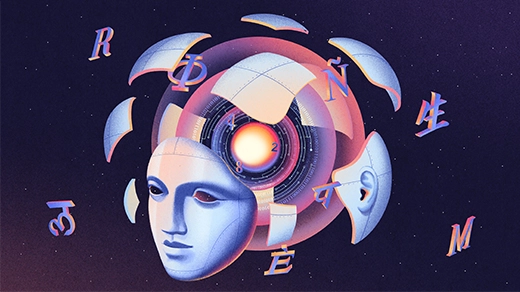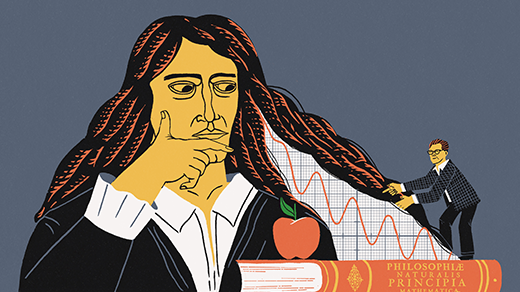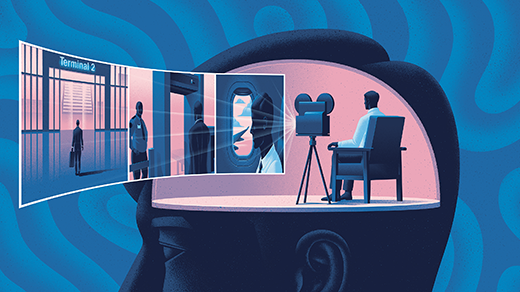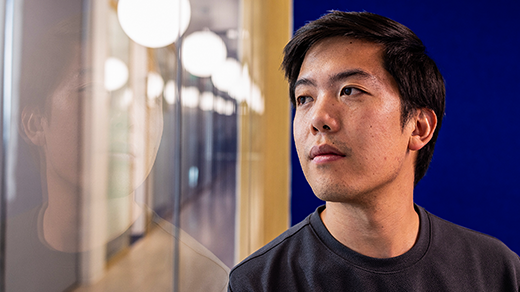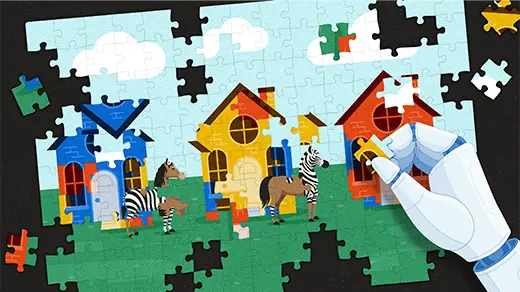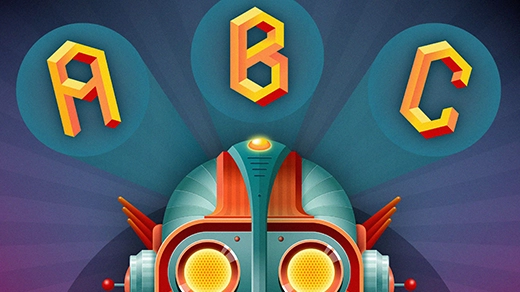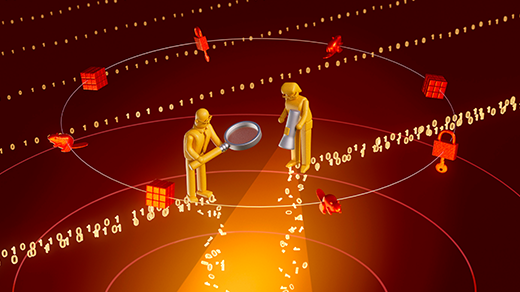What's up in
Machine learning
Latest Articles
Improving Deep Learning With a Little Help From Physics
Rose Yu has a plan for how to make AI better, faster and smarter — and it’s already yielding results.
To Make Language Models Work Better, Researchers Sidestep Language
We insist that large language models repeatedly translate their mathematical processes into words. There may be a better way.
Three Hundred Years Later, a Tool from Isaac Newton Gets an Update
A simple, widely used mathematical technique can finally be applied to boundlessly complex problems.
The Physicist Working to Build Science-Literate AI
By training machine learning models with enough examples of basic science, Miles Cranmer hopes to push the pace of scientific discovery forward.
How ‘Event Scripts’ Structure Our Personal Memories
By screening films in a brain scanner, neuroscientists discovered a rich library of neural scripts — from a trip through an airport to a marriage proposal — that form scaffolds for memories of our experiences.
The Poetry Fan Who Taught an LLM to Read and Write DNA
By treating DNA as a language, Brian Hie’s “ChatGPT for genomes” could pick up patterns that humans can’t see, accelerating biological design.
Chatbot Software Begins to Face Fundamental Limitations
Recent results show that large language models struggle with compositional tasks, suggesting a hard limit to their abilities.
Can AI Models Show Us How People Learn? Impossible Languages Point a Way.
Certain grammatical rules never appear in any known language. By constructing artificial languages that have these rules, linguists can use neural networks to explore how people learn.
The Year in Computer Science
Researchers got a better look at the thoughts of chatbots, amateurs learned exactly how complicated simple systems can be, and quantum computers passed an essential milestone.

